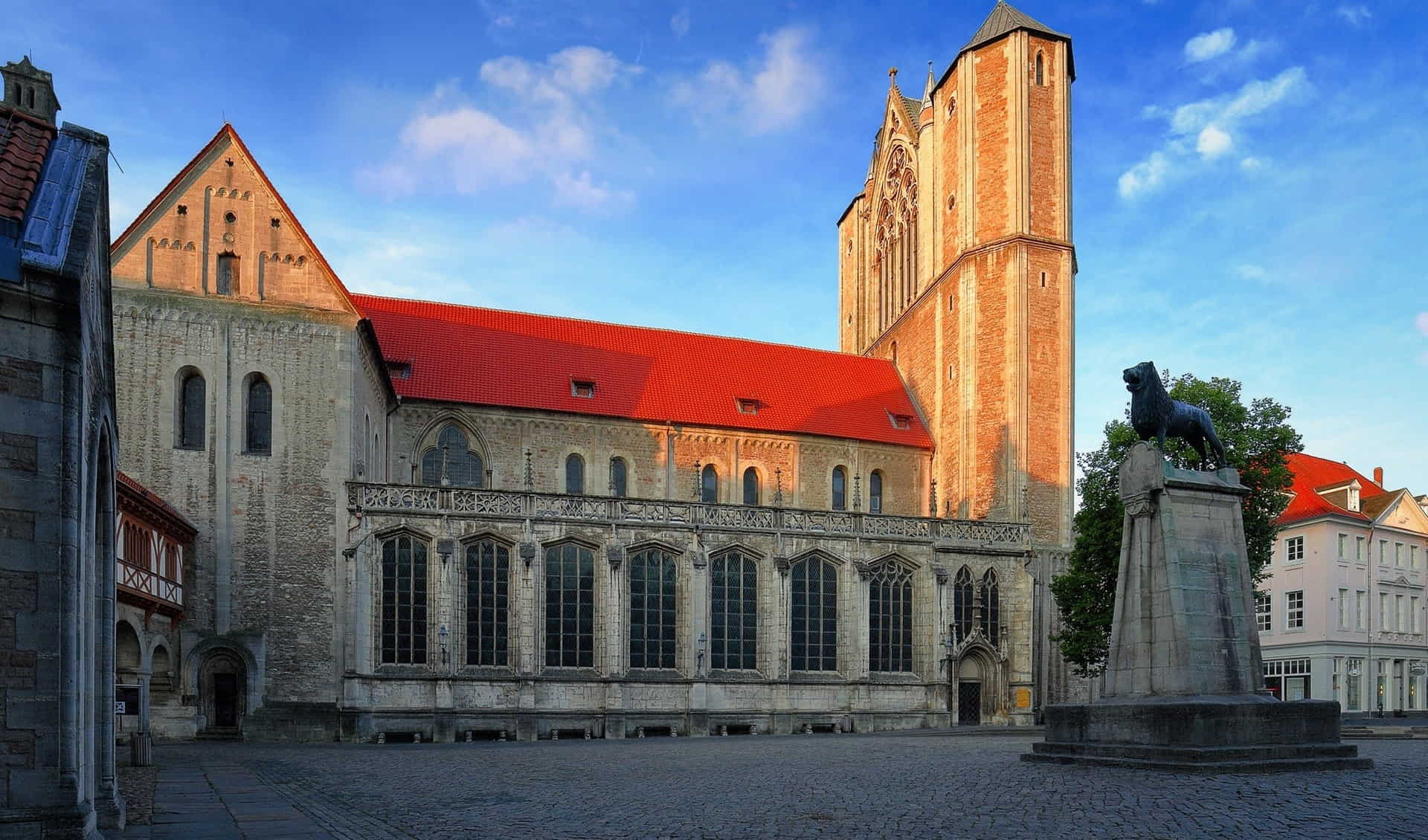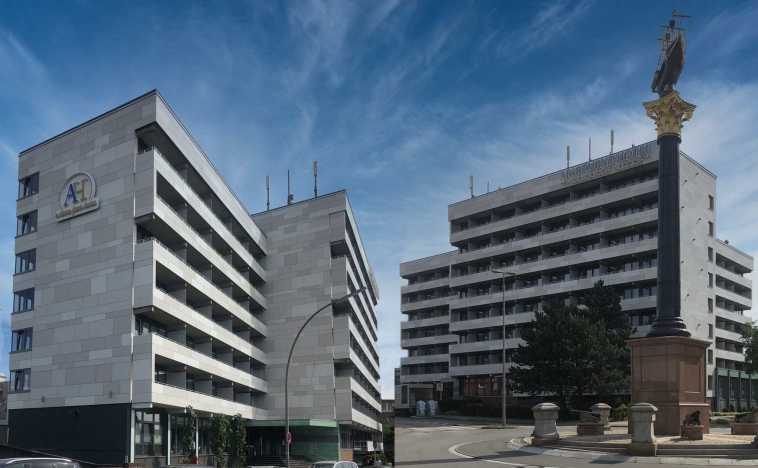Braunschweiger Dom, also known as Brunswick Cathedral, is a testament to medieval architecture and history. This magnificent structure in Braunschweig, Germany, has been a cornerstone of the city's cultural and religious life since the 12th century. With its rich history, stunning architecture, and fascinating legends, this edifice is a must-visit for families looking to immerse themselves in a blend of history and beauty. Whether you're a history buff or simply looking for an engaging day out with the kids, this cathedral offers something for everyone.
Highlights
- Historical Significance: Discover the legacy of Heinrich des Löwen and the cathedral's role in medieval history.
- Architectural Marvels: Marvel at the intricate exterior and interior designs, including notable artworks and inscriptions.
- Cultural Impact: Learn about the cathedral's influence on local and regional identity.
Contents
.jpg) Photo: braunschweigerdom.de
Photo: braunschweigerdom.de
Here is Why Your Kids Will Find it Interesting
Braunschweiger Dom is worth visiting with kids aged 10 and up. The cathedral's rich history and stunning architecture will captivate their imaginations. They can explore the crypt, discover medieval legends, and even participate in interactive tours designed for young minds. The blend of history and adventure makes it an educational and fun experience for the whole family.
Family-friendly Features
- Interactive Tours: Engaging tours explicitly designed for children.
- Educational Programs: Special programs that make learning fun for kids.
- Nearby amenities: Family-friendly restaurants and parks are in the vicinity.
History of Braunschweiger Dom
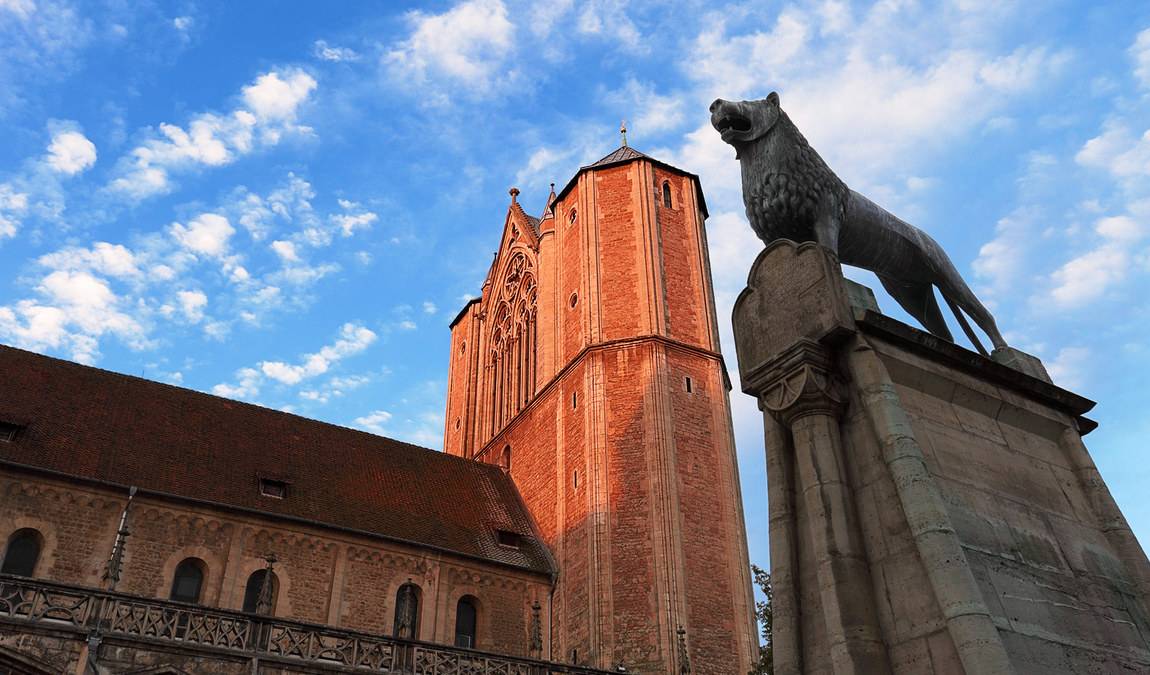 Photo: braunschweigerdom.de
Photo: braunschweigerdom.de
Braunschweiger Dom was founded in the 12th century by Heinrich des Löwen, one of the most potent German princes of his time. The cathedral was initially built as a collegiate church and later became a cathedral. Heinrich des Löwen played a crucial role in its construction, aiming to create a symbol of his power and piety.
The cathedral has witnessed numerous historical events throughout the centuries. It was a burial site for Heinrich des Löwen and his wife, Matilda. The cathedral also played a significant role during the Reformation and the Thirty Years' War, reflecting the region's turbulent history.
Within walking distance is another key attraction in the town, Dankwarderode Castle
Architectural Features
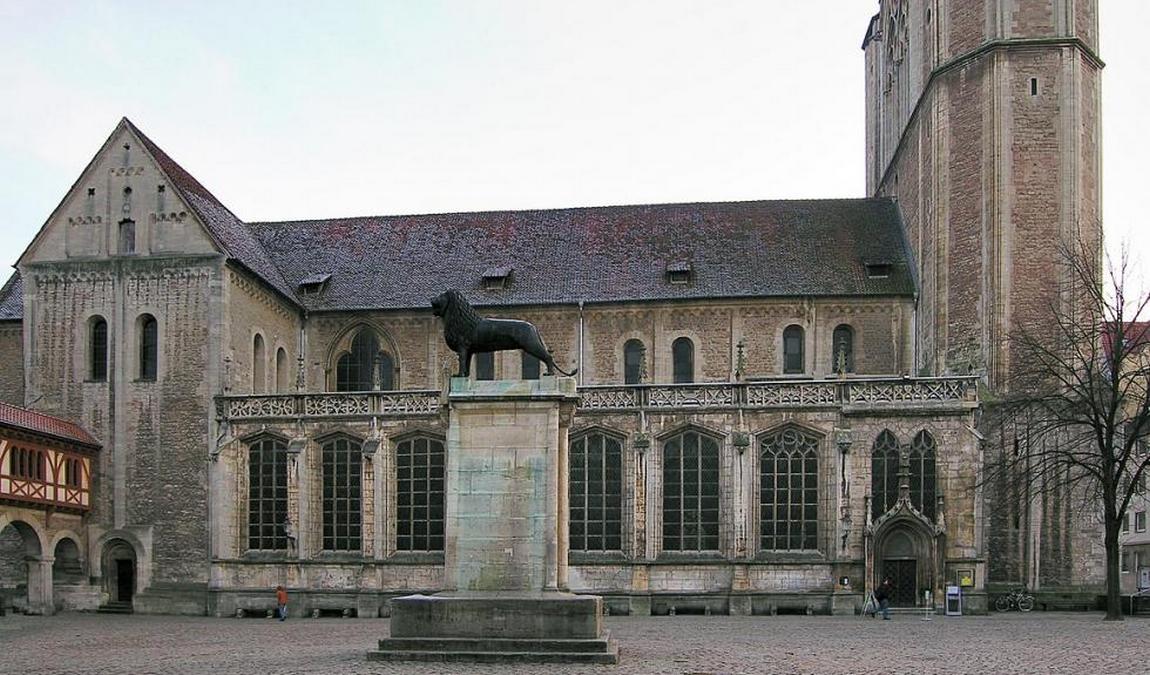 Photo: religiana.com
Photo: religiana.com
The exterior of Braunschweiger Dom is a stunning example of Romanesque architecture. The cathedral's façade features intricate stone carvings and statues, showcasing the craftsmanship of medieval artisans. The twin towers, which dominate the skyline, are a prominent feature and offer a glimpse into the period's architectural style.
Inside, the cathedral is equally impressive. The nave is adorned with beautiful frescoes and stained-glass windows depicting biblical scenes and saints. The high altar, with its intricate woodwork and gold leaf, is a focal point of the interior. The cathedral also houses several chapels, each with unique decorations and artwork.
One of the most significant artworks in the cathedral is the inscription by Johannes Gallicus. This medieval manuscript is a testament to the artistic and literary achievements of the time. Other notable inscriptions and artworks include the Evangeliar, a beautifully illustrated gospel book, and various state reliefs that depict historical and biblical scenes.
Religious and Cultural Importance
Braunschweiger Dom has played a vital role in the Christian community for centuries. It has been a place of worship, pilgrimage, and religious ceremonies. The cathedral is also steeped in cultural and historical legends, such as the story of Heinrich des Löwen and his contributions to the city's development.
The cathedral's impact on local and regional identity cannot be overstated. It symbolizes Braunschweig's heritage and is a source of pride for its residents. The cathedral's influence extends beyond the religious realm, shaping the region's cultural and historical narrative.
Art and Inscriptions
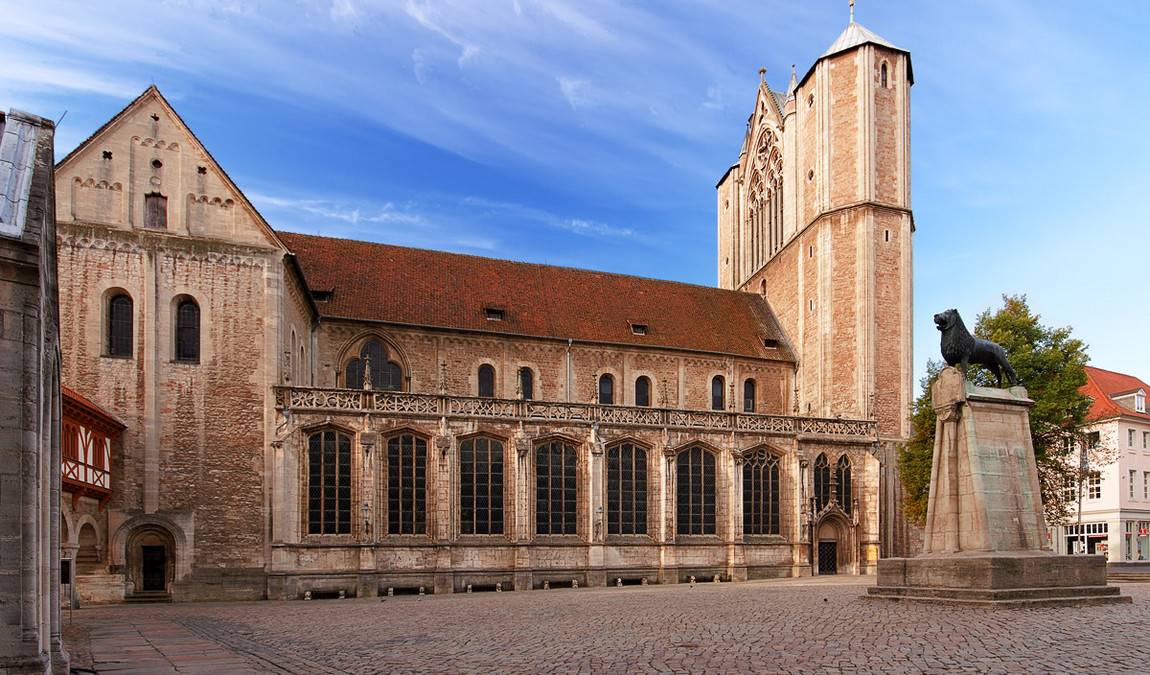 Photo: braunschweigerdom.de
Photo: braunschweigerdom.de
Braunschweiger Dom is home to a wealth of significant artworks. The frescoes, stained glass windows, and sculptures contribute to the cathedral's artistic heritage. These artworks not only enhance the cathedral's beauty but also provide insights into the religious and cultural beliefs of the time.
The inscription by Johannes Gallicus is one of the most notable features of the cathedral. This medieval manuscript is a masterpiece of calligraphy and illustration. It provides valuable information about the religious and cultural context of the period, making it a significant artifact for historians and art scholars.
The cathedral houses several other notable inscriptions besides Johannes Gallicus' inscription. These include the Evangeliar, a beautifully illustrated gospel book, and various state reliefs depicting historical and biblical scenes. Each inscription offers a glimpse into the artistic and literary achievements of the time.
The Crypt of Braunschweiger Dom
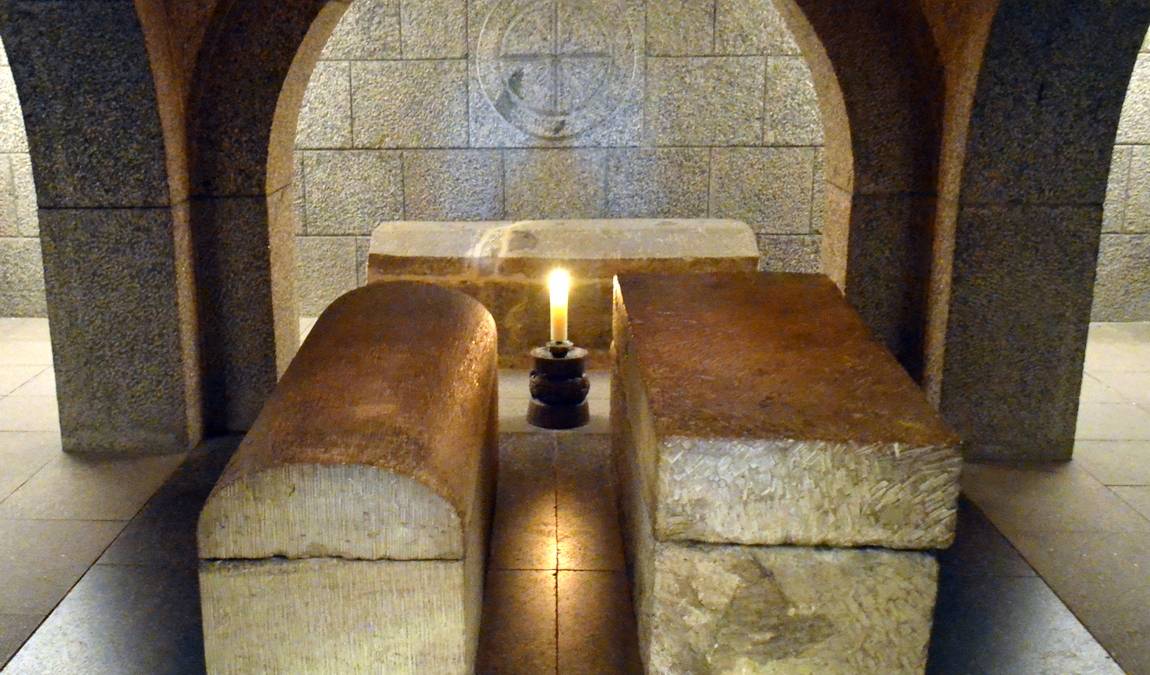 Photo: wikimedia.org
Photo: wikimedia.org
Historical Significance of the Crypt
The crypt of Braunschweiger Dom is of great historical significance. It is the final resting place for Heinrich des Löwen and his wife, Matilda, and a testament to the cathedral's role as a burial site for notable historical figures.
Notable Burials and Memorials
In addition to Heinrich des Löwen and Matilda, the crypt houses several other notable burials and memorials. These include various members of the nobility and clergy, each with unique stories and historical contributions.
Architectural and Artistic Features of the Crypt
The crypt itself is an architectural marvel. It features intricate stone carvings and sculptures that reflect the artistic achievements of the period. The crypt's design and decorations provide valuable insights into the religious and cultural beliefs of the time.
Visiting Braunschweiger Dom
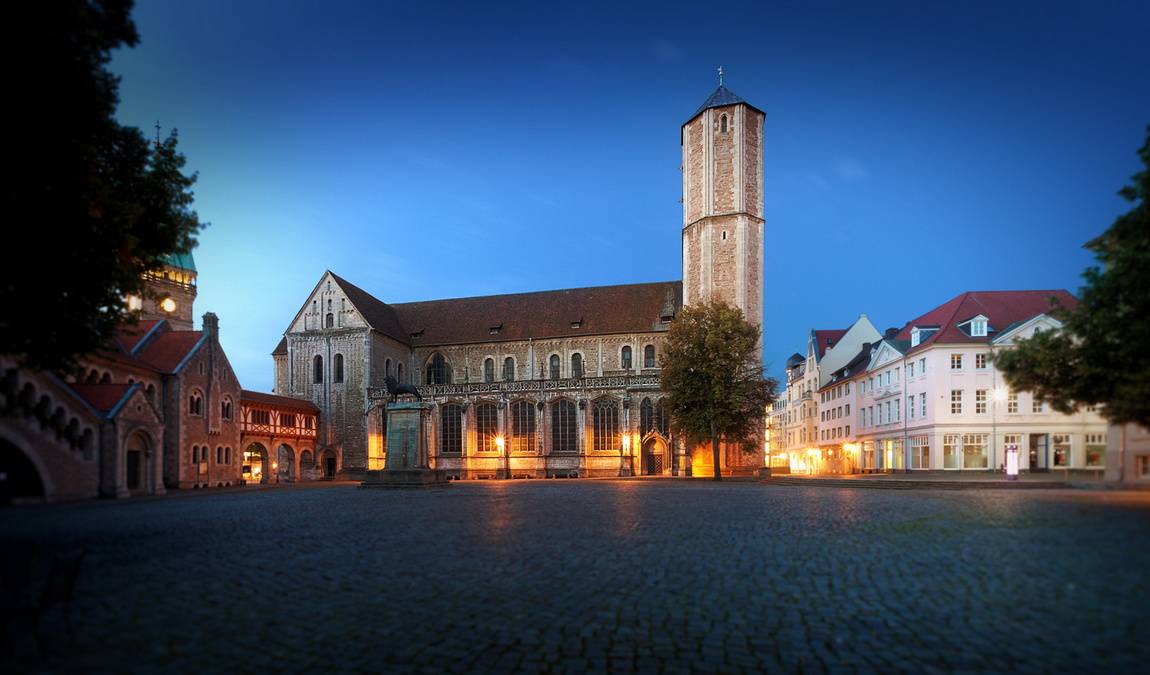 Photo: braunschweigerdom.de
Photo: braunschweigerdom.de
Braunschweiger Dom is open to visitors throughout the year. It is advisable to check the cathedral's official website for the latest information on opening hours and admission fees. Guided tours are available and provide valuable insights into the cathedral's history and architecture.
The cathedral offers guided tours and educational programs for visitors of all ages. These tours comprehensively overview the cathedral's history, architecture, and cultural significance. Special programs are available for children, making it an educational and engaging experience for young visitors.
Best Time to Visit
The best time to visit Braunschweiger Dom with children is during weekdays in the morning. This ensures a less crowded experience, allowing families to explore the cathedral at their own pace.
Recommended duration: 1-2 hours.
Resume
Braunschweiger Dom is a captivating destination for families. Its rich history, stunning architecture, and engaging tours make it a perfect spot for a family outing. Whether you're exploring the crypt or marveling at the frescoes, there's something for everyone to enjoy.


